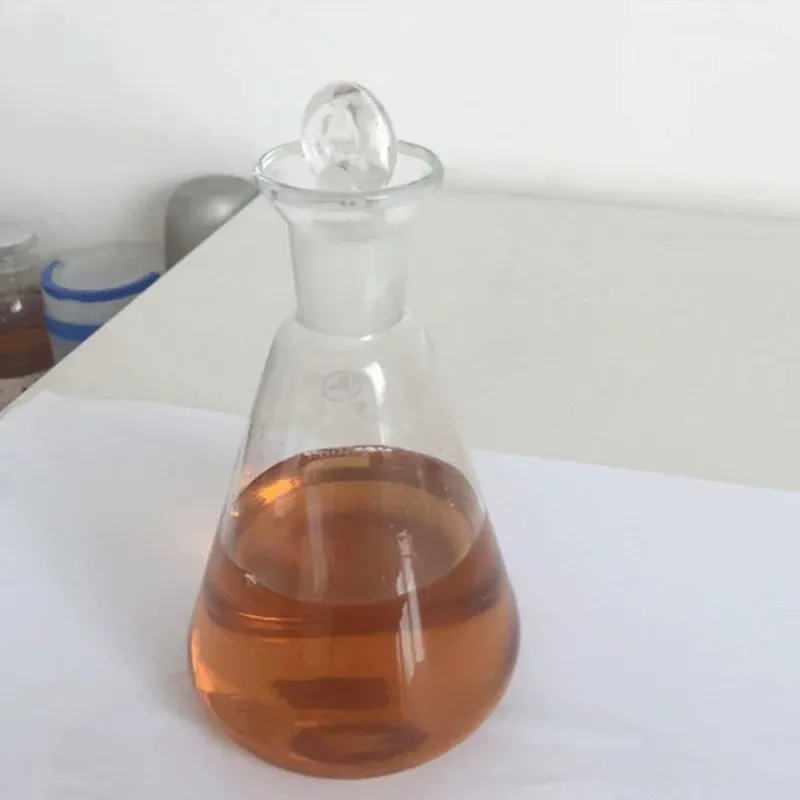
The Chemistry of Butynediols and Butynes
The world of chemistry offers a range of fascinating compounds with unique structures and properties. Among these, 1 4 butynediol, 1-butyne structure, 2-butyne formula, and 2-butyne structural formula are particularly interesting due to their importance in various industrial applications, including the production of polymers, fuels, and chemical intermediates. In this article, we will delve into the chemistry behind these compounds and explore their roles in modern chemical processes.

Understanding 1 4 Butynediol and Its Industrial Uses
1 4 butynediol is an essential organic compound with two hydroxyl groups and a triple bond in its molecular structure. This compound plays a critical role in the production of a variety of chemical intermediates, including plastics, adhesives, and coatings. 1 4 butynediol serves as a key raw material in the synthesis of tetrahydrofuran (THF), an important solvent used in various industries, including pharmaceuticals and polymer production.
Beyond its use in the production of THF, 1 4 butynediol is also valuable in the synthesis of polyurethane and other materials that require high-performance properties, such as flexibility, durability, and chemical resistance. The compound's unique structure, featuring both hydroxyl and alkynyl functional groups, allows it to be incorporated into a wide range of applications, enhancing the performance and efficiency of the end products.
The Importance of the 1-Butyne Structure in Organic Chemistry
The 1-butyne structure is a simple yet highly versatile molecular configuration consisting of a four-carbon chain with a triple bond between the first and second carbon atoms. This structure gives 1-butyne its unique reactivity, making it an essential building block in organic chemistry.
As an alkyne compound, 1-butyne is particularly reactive in addition reactions, where other molecules can add to the triple bond, resulting in the formation of new chemical products. This reactivity makes 1-butyne a valuable intermediate in the synthesis of various compounds, including pharmaceuticals, agrochemicals, and plastics. Additionally, 1-butyne is used in the production of various high-performance polymers and is a key component in the development of advanced materials for use in industries such as electronics and automotive manufacturing.
Decoding the 2-Butyne Formula and Its Significance
The 2-butyne formula refers to a molecule that consists of four carbon atoms and six hydrogen atoms, arranged in a linear chain with a triple bond between the second and third carbon atoms. This molecular formula can be written as C4H6, with the two possible isomers, cis-2-butyne and trans-2-butyne, offering different physical and chemical properties.
The significance of the 2-butyne formula lies in its structure, which determines its reactivity and ability to participate in various chemical reactions. For example, 2-butyne can undergo hydrogenation reactions, resulting in the formation of butane. Additionally, it can react with halogens, acids, and other reagents to form a variety of chemical products. This versatility makes 2-butyne an important intermediate in organic synthesis and an essential compound in industrial applications such as polymerization and fuel production.
Exploring the 2-Butyne Structural Formula and Its Reactivity
The 2-butyne structural formula provides a more detailed representation of the 2-butyne molecule, highlighting the bonding arrangement of atoms and the position of the triple bond. The structural formula of 2-butyne shows the four carbon atoms in a linear arrangement, with a triple bond between the second and third carbon atoms, and single bonds between the other carbon atoms and hydrogen atoms.
Understanding the 2-butyne structural formula is crucial in predicting the compound's reactivity and the types of reactions it can undergo. The triple bond in 2-butyne makes it highly reactive, allowing it to participate in various addition reactions. Additionally, the structure of 2-butyne influences its physical properties, such as its boiling point, melting point, and solubility, making it an important compound for use in a range of chemical processes.
The study of compounds such as 1 4 butynediol, 1-butyne structure, 2-butyne formula, and 2-butyne structural formula opens up a world of possibilities in organic chemistry and industrial applications. These compounds play a pivotal role in the production of a wide variety of chemicals and materials that are essential to modern industries, from pharmaceuticals to polymers and beyond.
-
Sodium Dichloroisocyanurate Safety Handling ProtocolsNouvellesJul.29,2025
-
Mining Chemicals for Copper Extraction Processes GuideNouvellesJul.29,2025
-
Fertilizer for Sale Shipping and Storage TipsNouvellesJul.29,2025
-
Dimethyl Disulfide as Sulfurizing AgentNouvellesJul.29,2025
-
Benzotriazole Safety Data Handling and Storage GuidelinesNouvellesJul.29,2025
-
Ammonium Bicarbonate Safety Handling Storage GuidelinesNouvellesJul.29,2025
-
The Transformative Role Of Trichloroisocyanuric Acid in Water TreatmentNouvellesJul.23,2025
Hebei Tenger Chemical Technology Co., Ltd. se concentre sur l'industrie chimique et s'engage dans le service d'exportation de matières premières chimiques.
-

Voir plus DiethanolisopropanolamineIn the ever-growing field of chemical solutions, diethanolisopropanolamine (DEIPA) stands out as a versatile and important compound. Due to its unique chemical structure and properties, DEIPA is of interest to various industries including construction, personal care, and agriculture. -

Voir plus TriisopropanolamineTriisopropanolamine (TIPA) alkanol amine substance, is a kind of alcohol amine compound with amino and alcohol hydroxyl, and because of its molecules contains both amino and hydroxyl. -

Voir plus Disulfure de tétraméthylthiurameLe disulfure de tétraméthylthiurame, également connu sous le nom de TMTD, est une poudre blanche à jaune clair avec une odeur distincte de soufre. Il est soluble dans les solvants organiques tels que le benzène, l'acétone et l'acétate d'éthyle, ce qui le rend très polyvalent pour une utilisation dans différentes formulations. Le TMTD est connu pour ses excellentes propriétés d’accélération de la vulcanisation, ce qui en fait un ingrédient clé dans la production de produits en caoutchouc. De plus, il agit comme un fongicide et un bactéricide efficace, ce qui le rend précieux pour les applications agricoles. Sa grande pureté et sa stabilité garantissent des performances constantes, ce qui en fait un choix privilégié pour les fabricants de divers secteurs.











